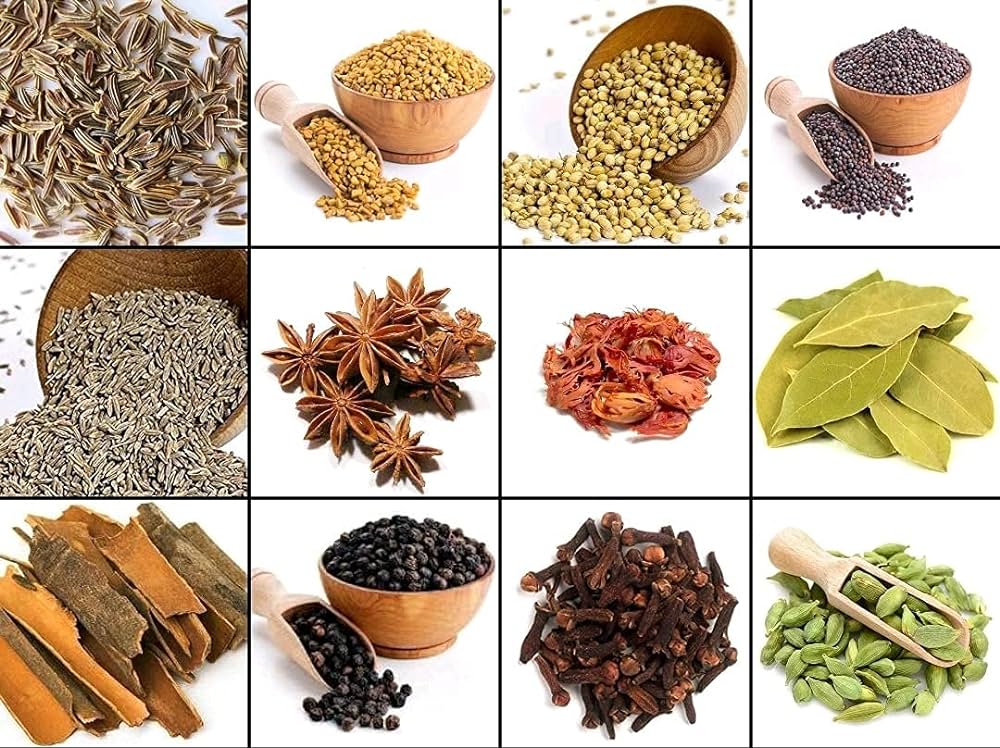Spices
Spices and herbs are defined as plant derived substances that add flavor to any dish. It is difficult to distinguish between the two. Spices can come from the following plant parts: roots, rhizomes, stems, leaves, bark, flowers, fruits, and seeds. Herbs are typically thought of as non-woody plants.
.png)







